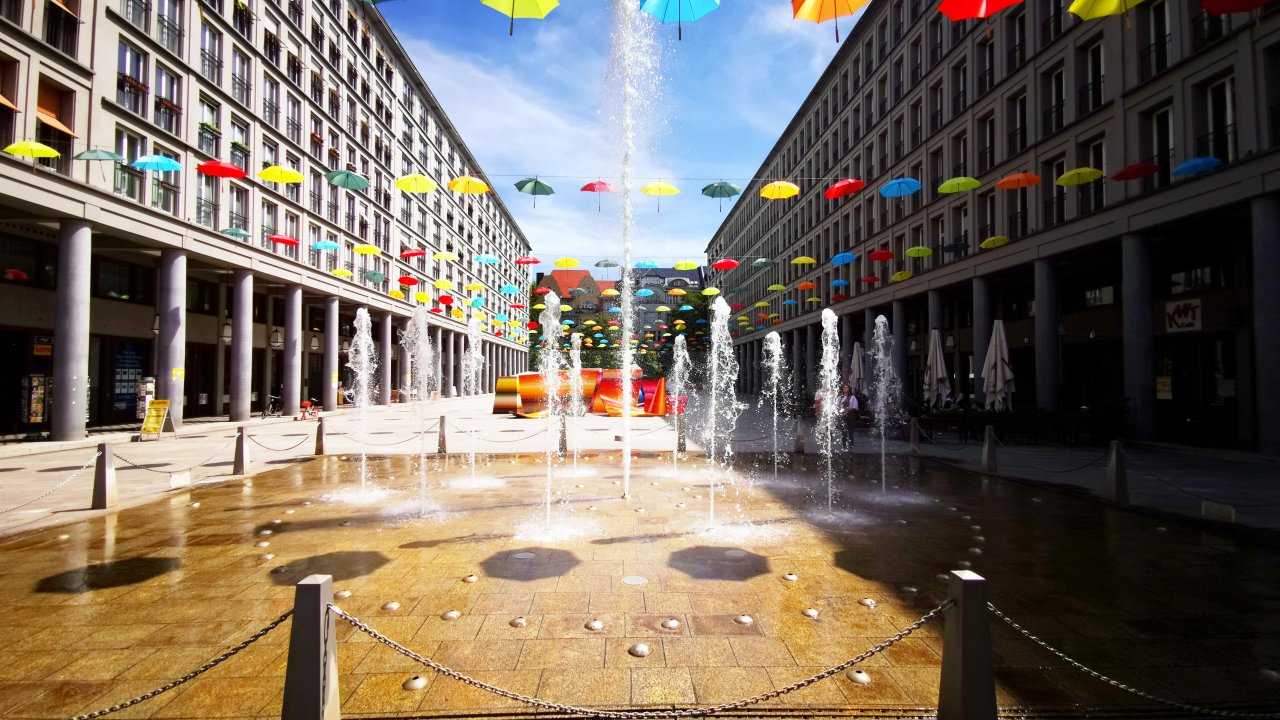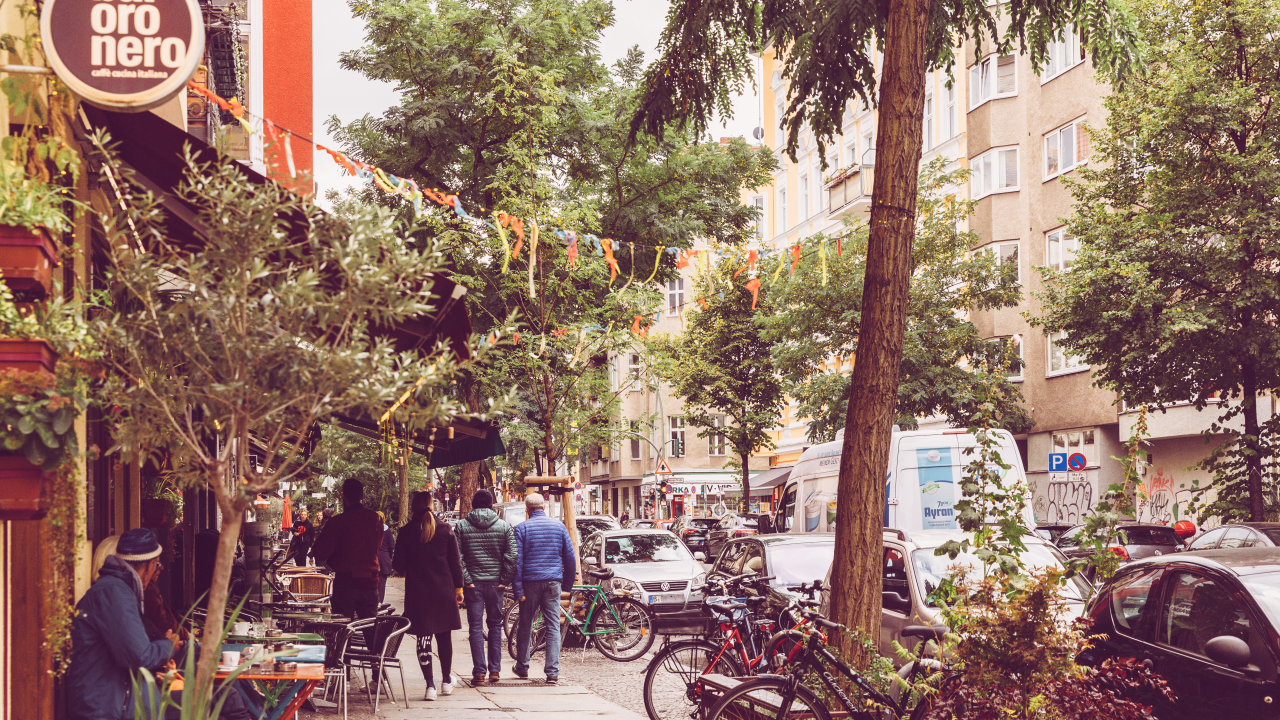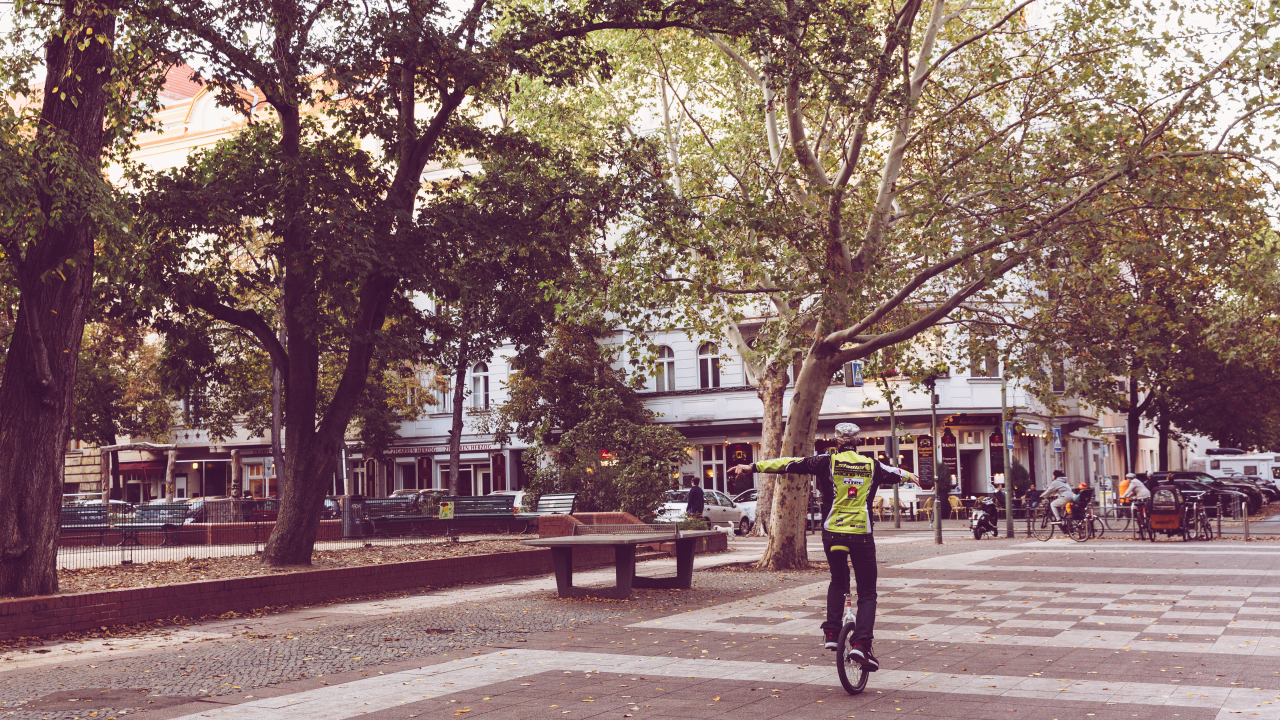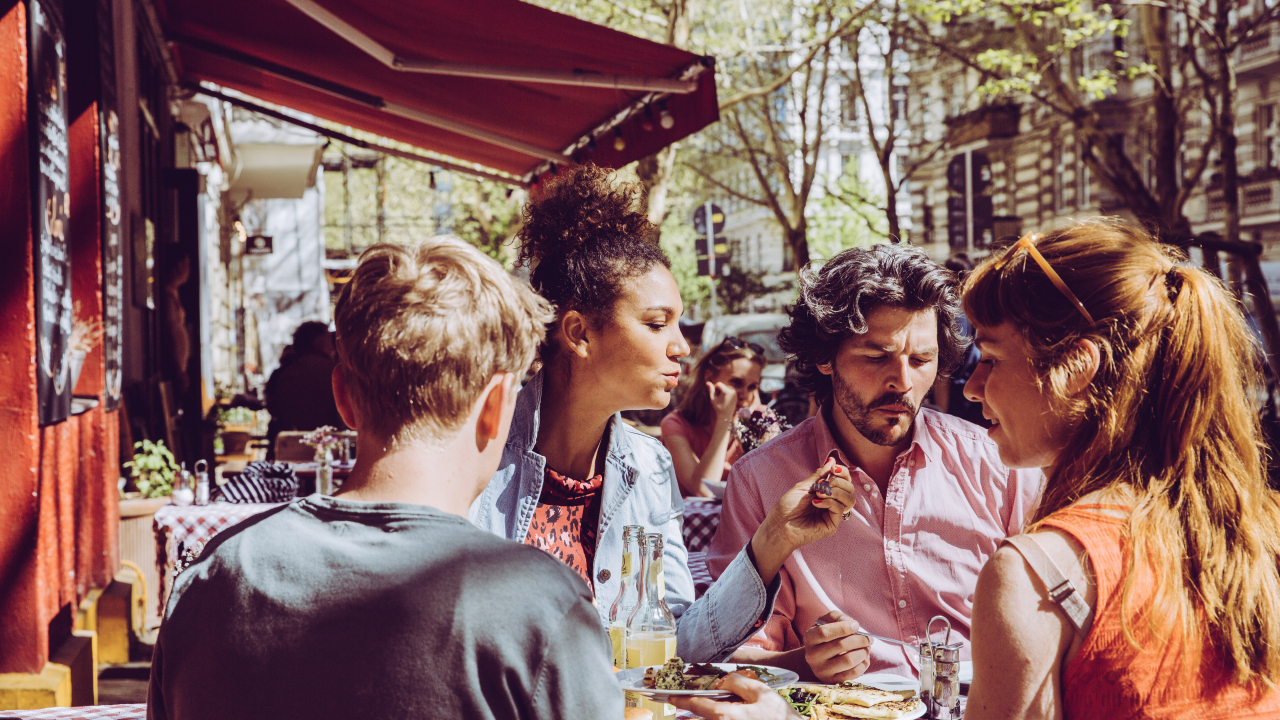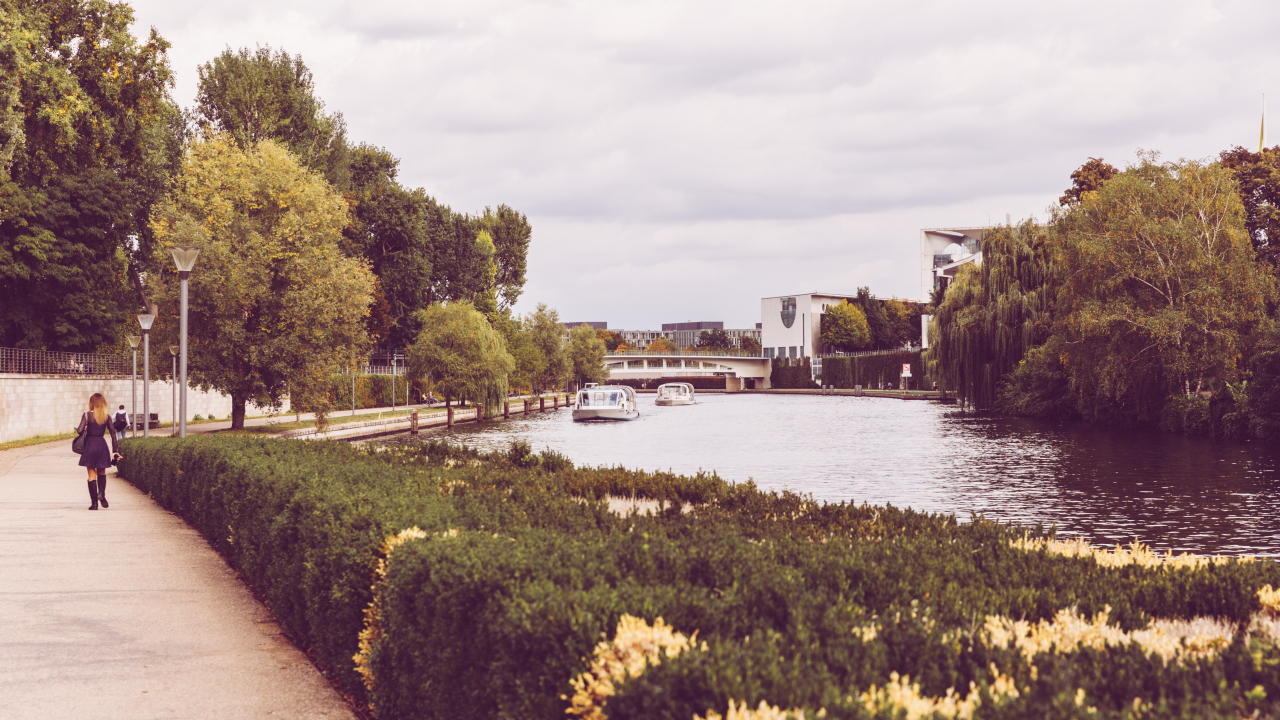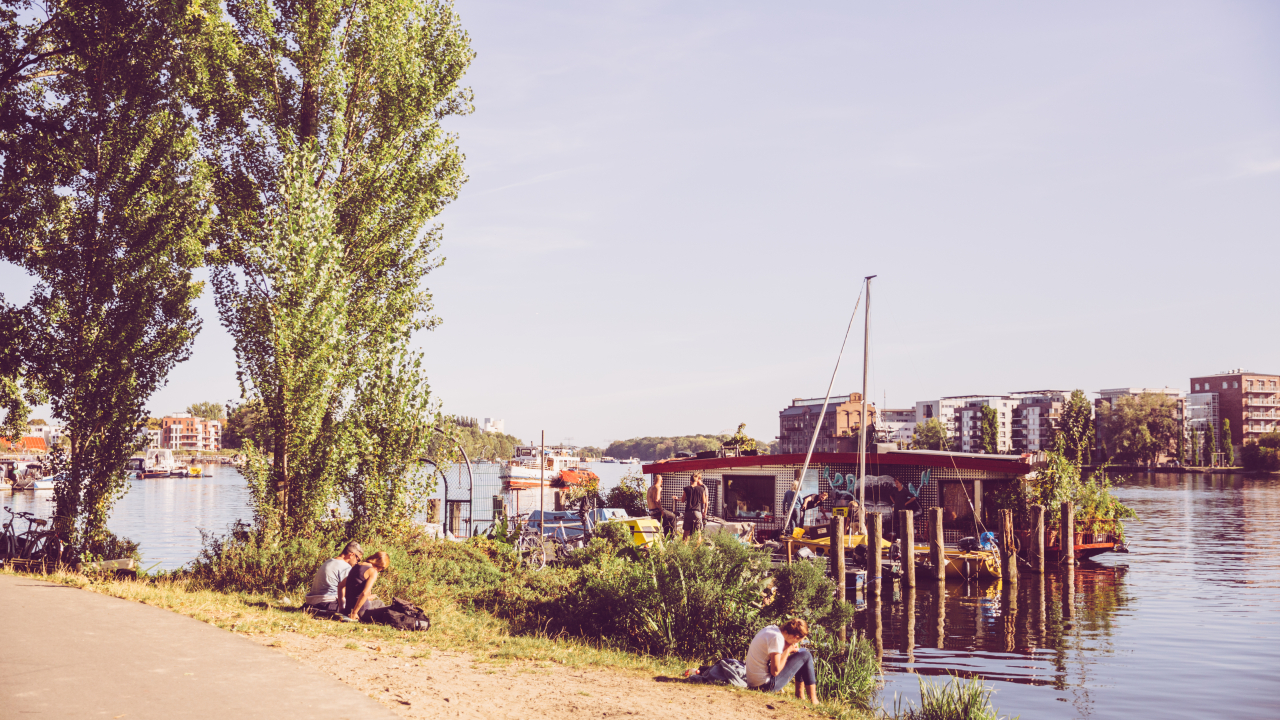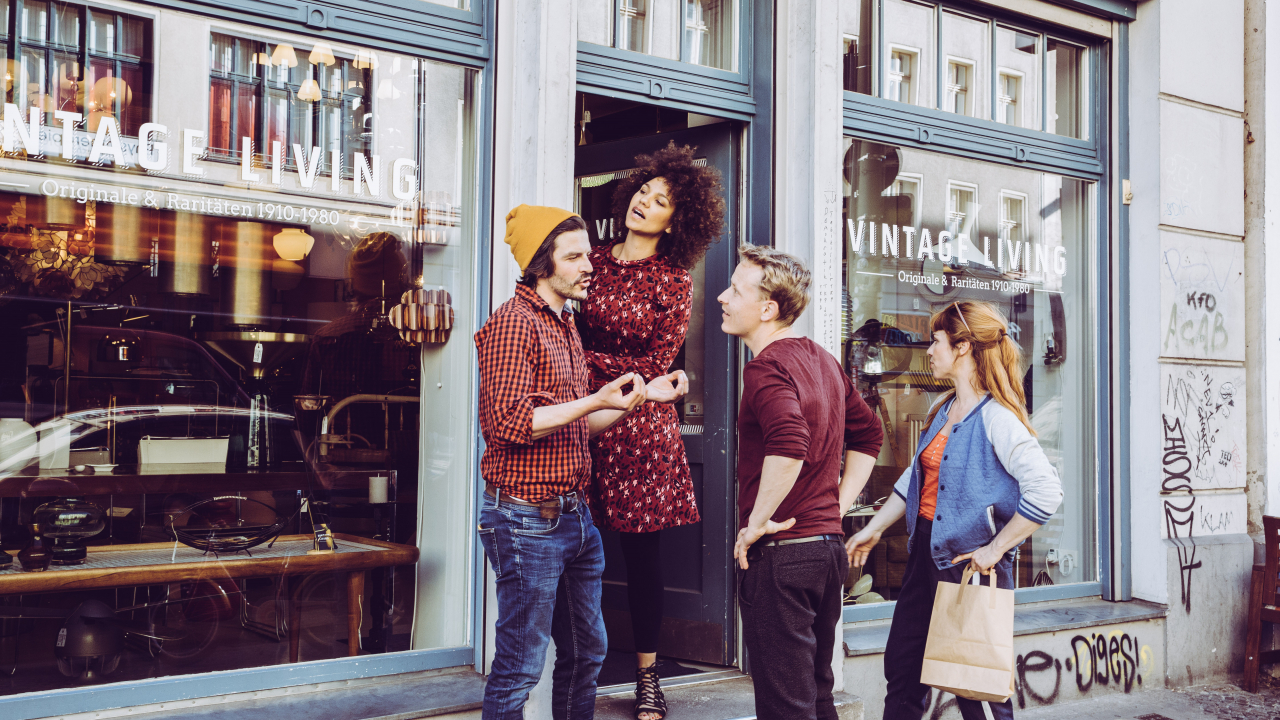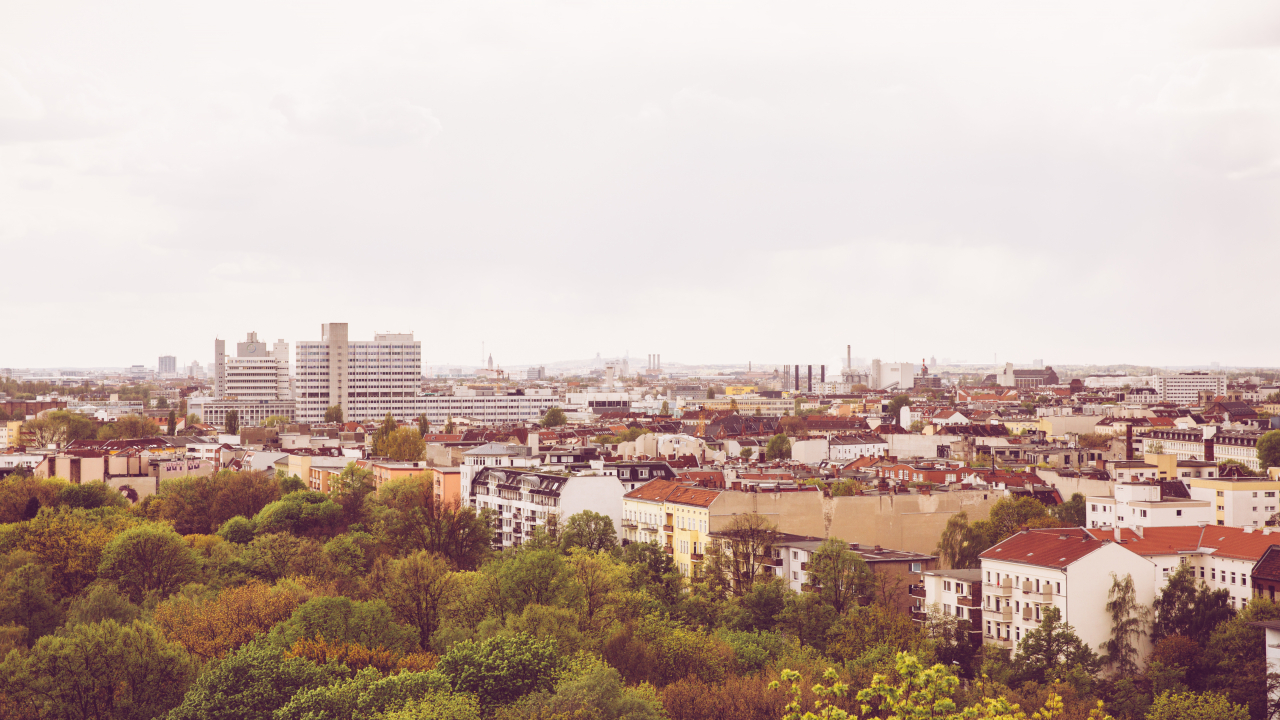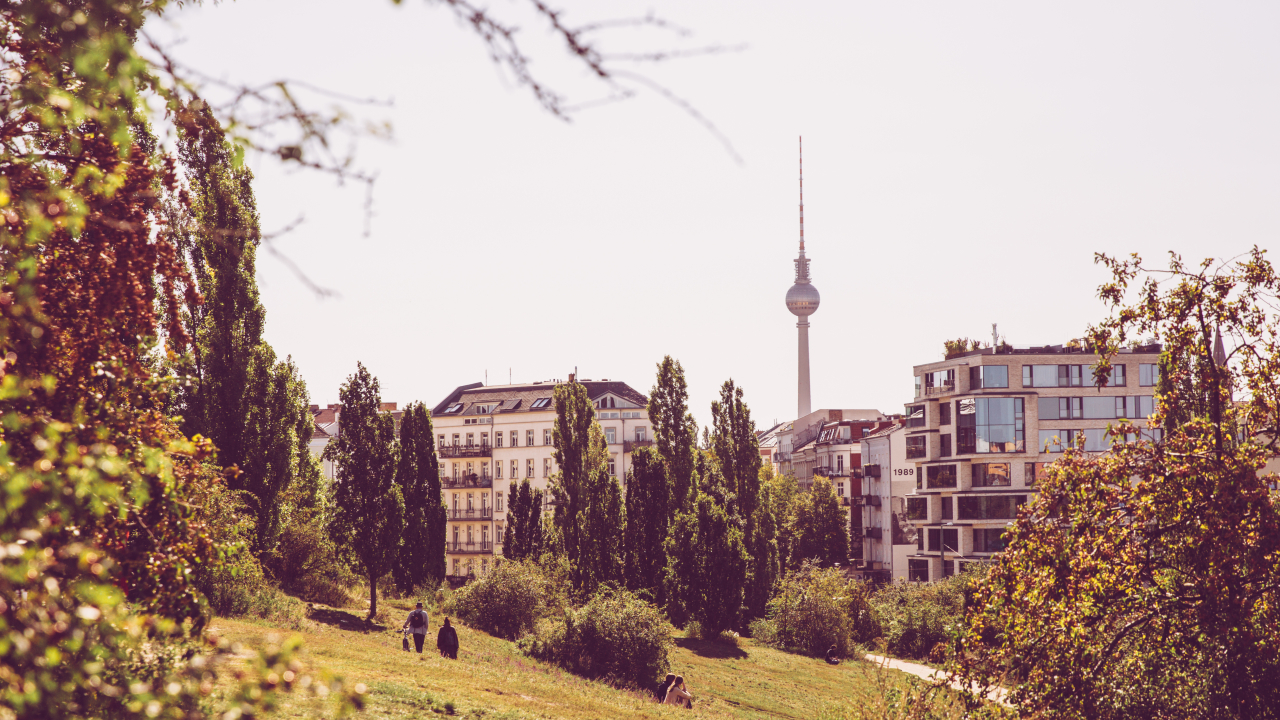Friedrichshain
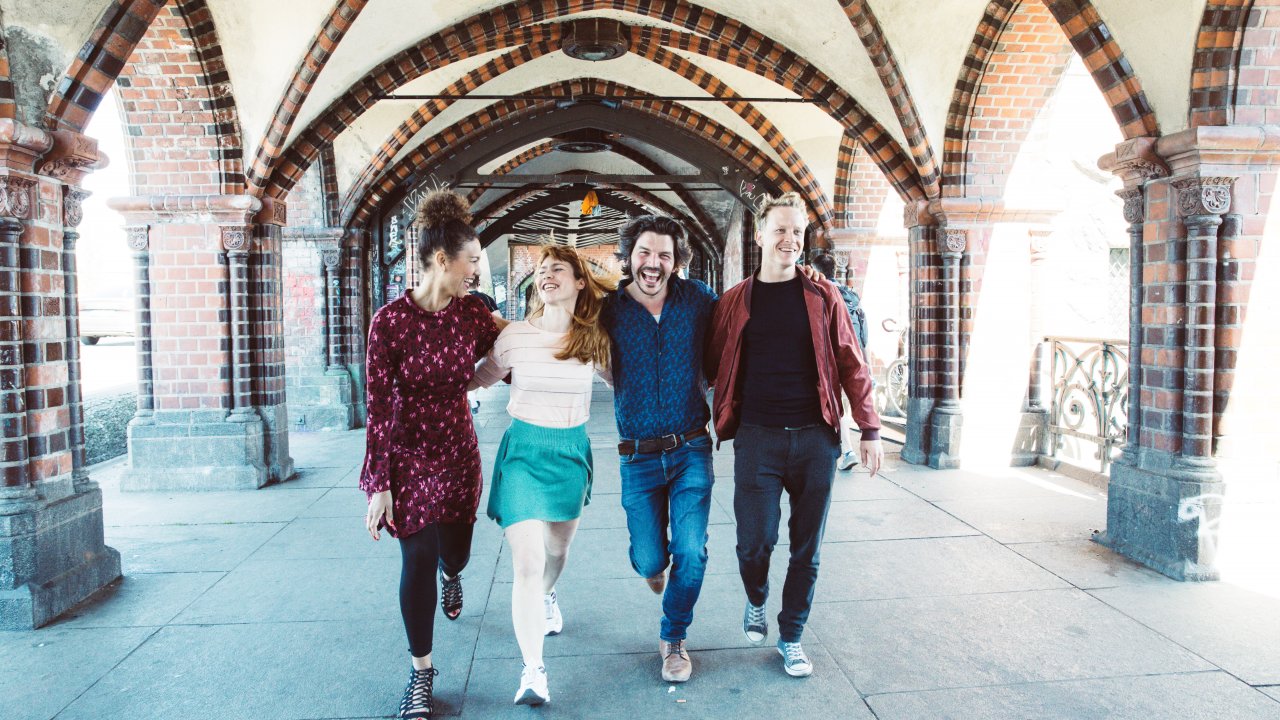
Located in the east of Berlin, Friedrichshain is a district full of history: Karl-Marx-Allee, one of Berlin's most famous avenues, is lined with apartment blocks in the style of Soviet classicism - better known as wedding cake style - which were built during the years of the GDR as model houses for Soviet life. Since the 1990s, Friedrichshain has been known for its squatted buildings and a magnet for anarchists, punks and artist collectives. At weekends, the neighbourhood's clubs and bars are open late into the night. Friedrichshain has calmed down somewhat in recent years due to gentrification, but is still known for its alternative and artistic scene and retains some of its edginess, especially around Rigaer Straße.
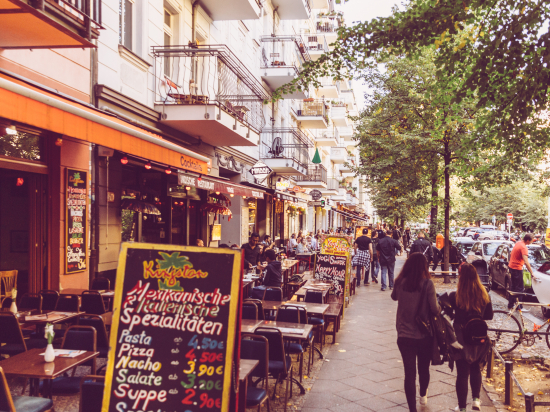
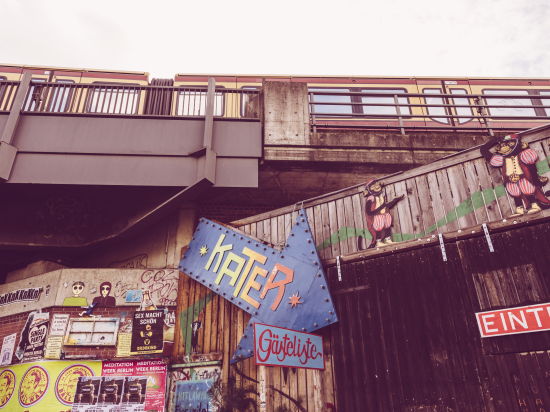
Get to know your neighbourhood
Markets and shopping facilities
The "Boxhagener Platz", an often dirty but very popular grassy square, is the real centre of Friedrichshain. It's a great place to get together with friends on a sunny afternoon, and there's a Saturday market as well as a regular flea market on Sundays where you can find everything from old books and records to second-hand clothes and food. A large antiques market is held near Ostbahnhof on Sundays, selling antiques, second-hand clothes and lots of GDR memorabilia.
Nightlife
Friedrichshain has the largest concentration of nightclubs in the entire city. This is due to the abundance of old industrial buildings and warehouses that have been converted into hedonistic playgrounds where you can dance the night away. These include the legendary "Berghain", a club so popular that it has spawned countless blog posts discussing the best way to get past the bouncers. For years, Berghain was considered the best club in the world.
The "RAW area" on Revaler Strasse has clubs and concert halls such as the "Astra Kulturhaus", the "Cassiopeia" and the "Haubentaucher", which has an outdoor pool and a sun deck in the style of the Côte d'Azur. The alleyways within the RAW site are worth a visit for their street art. The "Urban Spree" is a little quieter, where there are often cultural events and markets. There are even more parties on the banks of the Spree, for example at the "Kater Blau", the "Yaam" or the "Salon zur Wilden Renate".
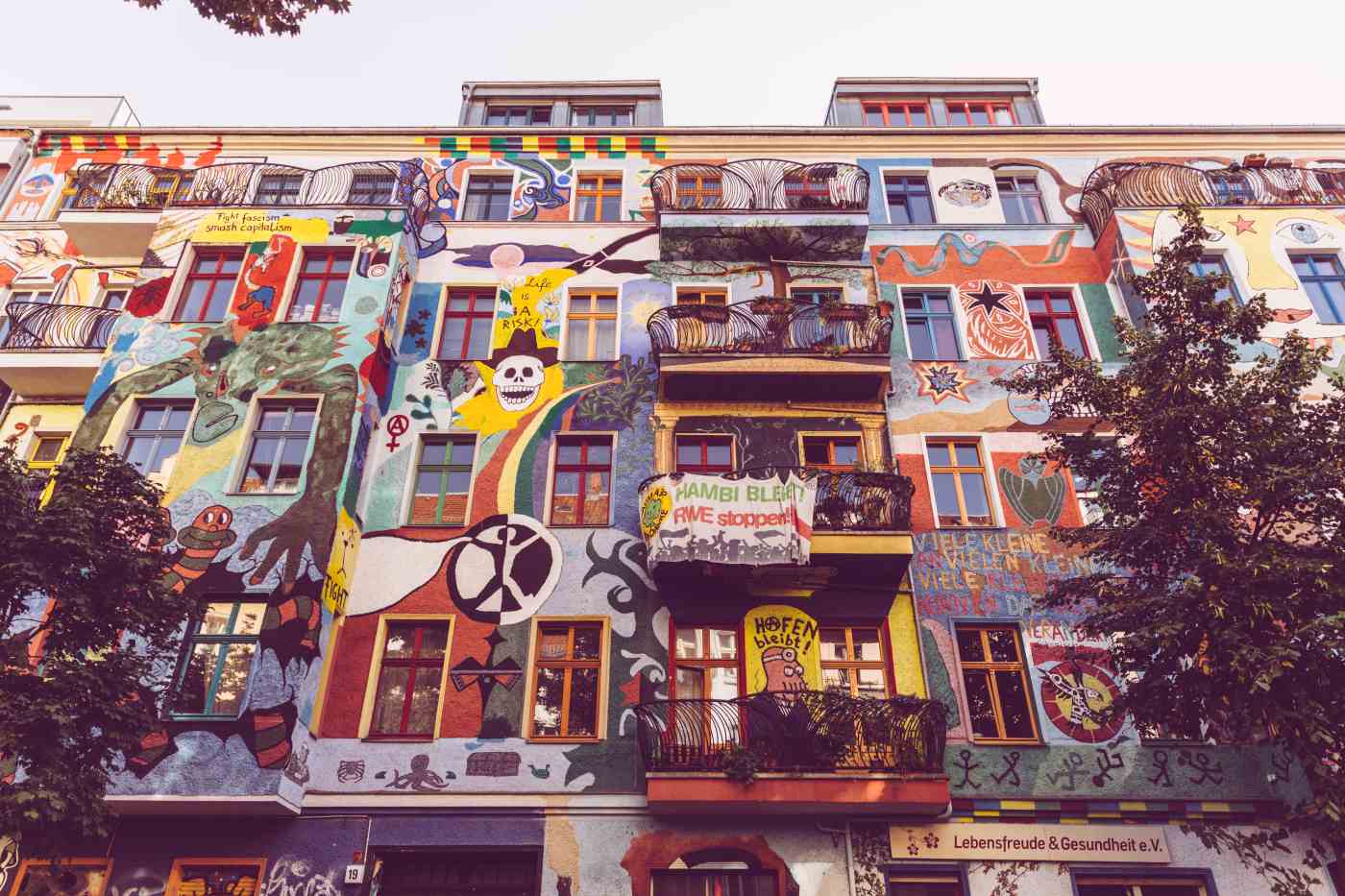
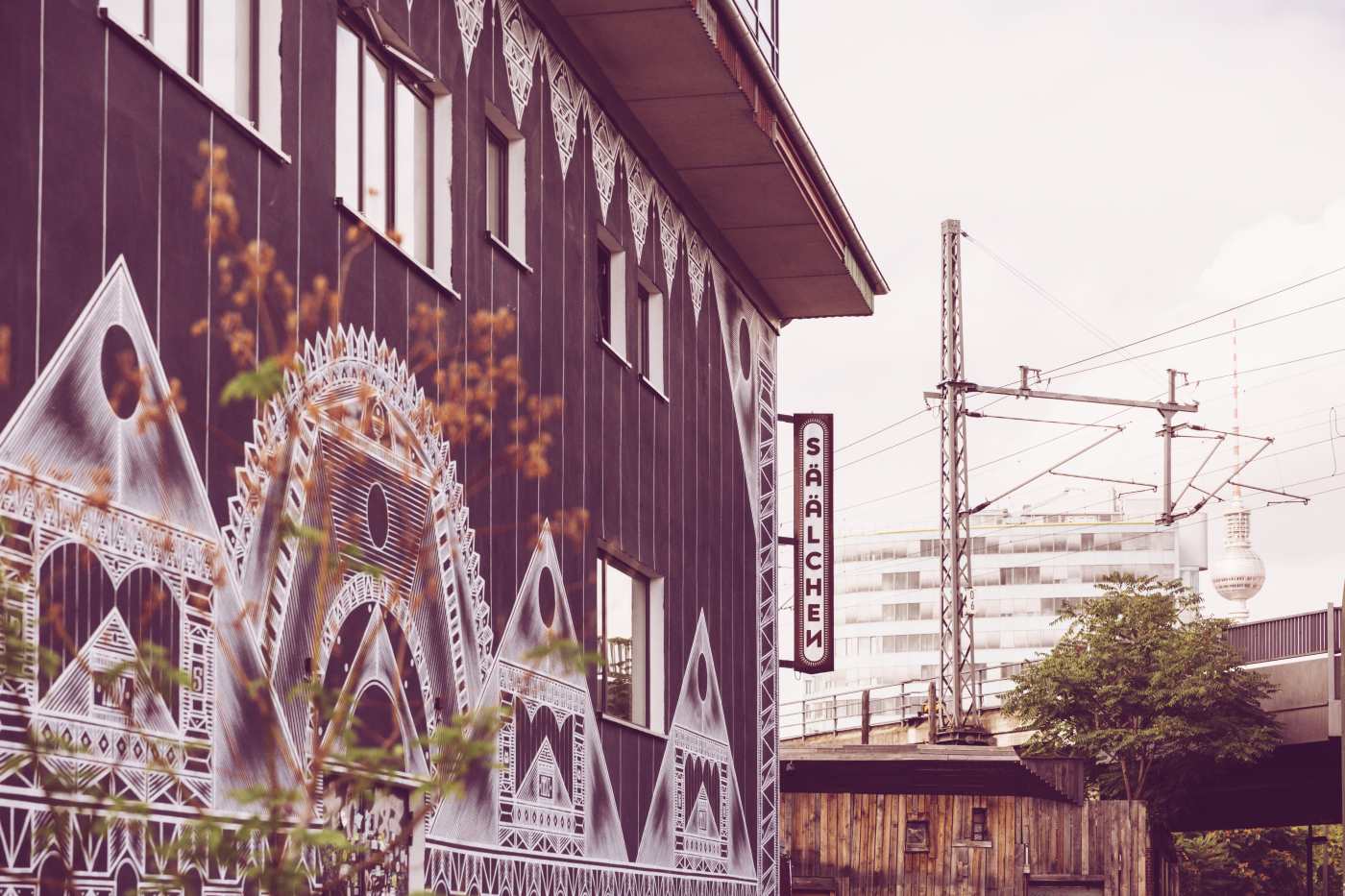
Cafés and restaurants
Many of Friedrichshain's favourite cafés and restaurants are located near Boxhagener Platz, including along the vibrant Simon-Dach-Straße. On one side of "Boxi" is "Burgeramt", a popular place for juicy burgers - some of the best in Berlin (there are also vegetarian options). A few doors down is Vegan Living, a Vietnamese restaurant with a huge selection of dishes and vegan traditional tapas-style dishes. Further down the same street, on Krossener Straße, Ali Baba's serves generous plates of falafel and kebabs.
Friedrichshain also has many cafés for breakfast or lunch, such as the "Louise Chérie Cafe, Homemade" or "Milja & Schäfa". In summer, people sit at their outdoor tables and relax over a leisurely brunch or coffee and cake and watch life go by in this colourful district. If you're looking for a solid caffeine fix, you'll find cafés like "Silo Coffee" on Gabriel-Max-Straße, "Mokofuk" on Grünberger Straße or "Happy Baristas" at Ostkreuzbahnhof. "Tante Benny", hidden away in Oderstraße, makes good coffee, but above all marvellous cakes and brownies.
Art and culture
With many old warehouses that have been converted into art galleries, cultural spaces, clubs or cafés, Friedrichshain has one of the liveliest cultural scenes in Berlin. Historical sites also make the district stand out. The "East Side Gallery", for example, is the longest remaining strip of the former dividing wall between East and West Berlin. The 1.3 kilometre-long stretch stands as a monument to freedom, transformed by art and graffiti. Next to it is the Oberbaum Bridge - the red bricks of the bridge attract street artists, musicians and, accordingly, the bridge is full of people every evening, watching the sun set over the city and listening to guitar or keyboard sounds.
Friends can challenge themselves at the Computer Games Museum, which presents the history of video games and offers numerous interactive exhibitions. The nearby "Kino International" has a distinctive architectural design from the GDR, but now shows all the modern Hollywood blockbusters.
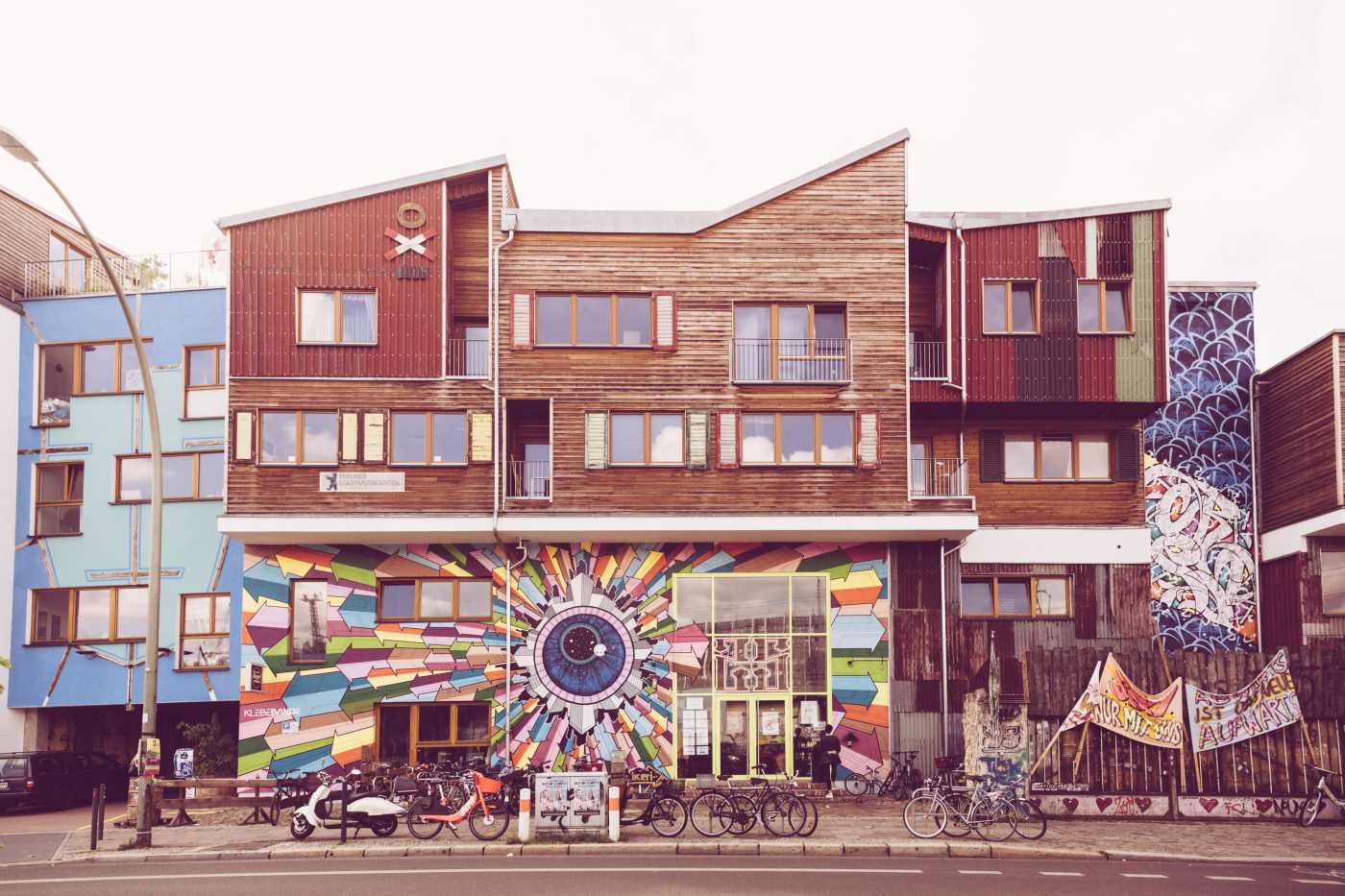
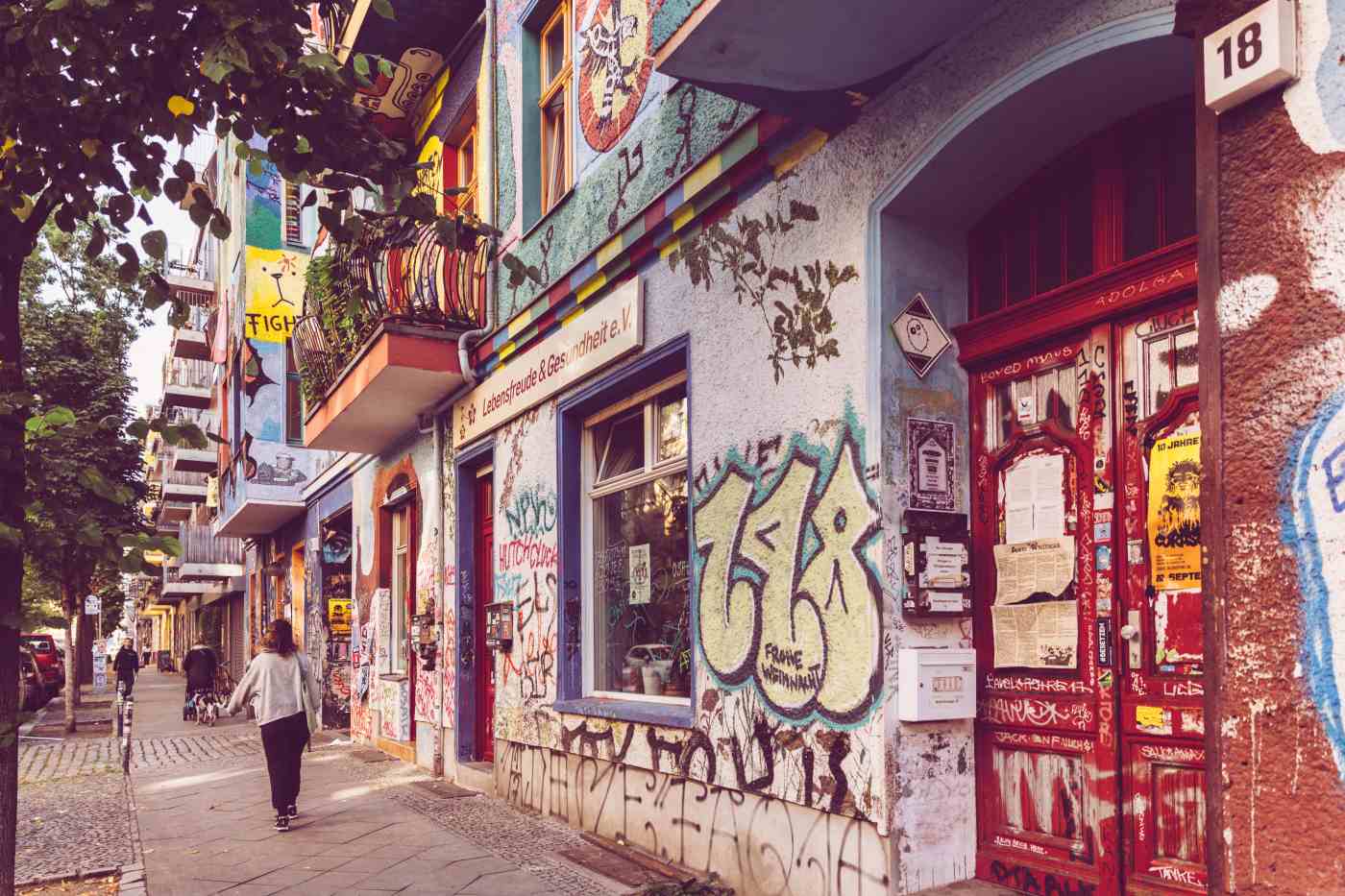
Parks and leisure
The "Volkspark Friedrichshain" is located on the border with Prenzlauer Berg. As Berlin's oldest public park, it has sports fields, playgrounds, sunbathing areas and small lakes, fountains and sculptures. It's a great place to relax after work or at the weekend. The largest green space is not in Friedrichshain itself, but across the Spree - in Treptower Park. It's perfect for cycling, jogging or walking the dog. There are kiosks on the riverside promenade selling chips, ice cream, drinks and more. There are also pedal boats and kayaks for hire. When visiting the Island of Youth, there is often live music as well as snacks, water and beer.
Transport and location
Friedrichshain is located in the east of Berlin, from Alexanderplatz to the Ringbahn railway line. U-Bahn line 5 runs to Alexanderplatz, where you can connect to all of the city's main underground, S-Bahn, tram and bus lines. The U1 underground line runs in Friedrichshain to the west of Warschauer Straße. The S-Bahn, especially the S 41 and S 42, connects to a large part of the city, including Berlin Central Station. Ostkreuz is also a major junction with regular departures to Schönefeld Airport. For those who work in Berlin-Mitte, commuting by bike is easy - there is a long cycle path that has just been upgraded: along Frankfurter Allee via Karl-Marx-Allee to Torstraße.
Did you already know?
The Molecule Man, a 30-metre-long steel sculpture by American sculptor Jonathan Borofsky, towers between Elsenbrücke and Oberbaumbrücke. It stands where the three districts of Friedrichshain, Kreuzberg and Treptow meet, a point of convergence in reunified Berlin.
Friedrichshain
Are you desperate to live in beautiful Friedrichshain? Take a look at all the rooms currently available in your favourite district.

